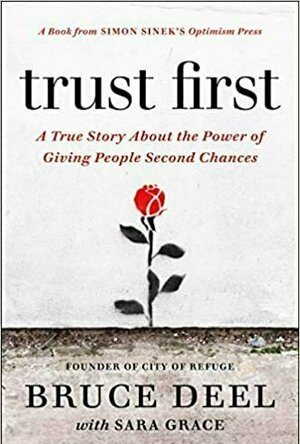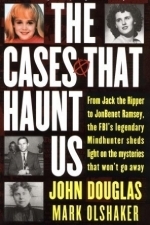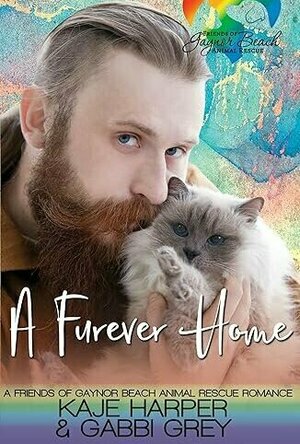
Trust First: A True Story About the Power of Giving People Second Chances
Book
If we choose to trust unconditionally, how many lives could we change? When Pastor Bruce Deel took...

Guilin China Offline City Maps Navigation
Travel and Navigation
App
"TRAVEL AROUND THE WORLD WITH OUR NEW TEXTURED OFFLINE TRAVEL APP TO THE MOST WONDERFUL DESTINATION...

Virtual Families Free for iPad
Games and Entertainment
App
Virtual Families is a casual family sim that runs in true real time, and now this acclaimed...

Sucre Bolivia Offline City Maps Navigation
Travel and Navigation
App
"TRAVEL AROUND THE WORLD WITH OUR NEW TEXTURED OFFLINE TRAVEL APP TO THE MOST WONDERFUL DESTINATION...

Port Moresby Papua New Guinea - Offline City Maps
Navigation and Travel
App
"TRAVEL AROUND THE WORLD WITH OUR NEW TEXTURED OFFLINE TRAVEL APP TO THE MOST WONDERFUL DESTINATION...

Singapore Offline City Maps Navigation
Navigation and Travel
App
"TRAVEL AROUND THE WORLD WITH OUR NEW TEXTURED OFFLINE TRAVEL APP TO THE MOST WONDERFUL DESTINATION...

The Cases That Haunt Us
John Douglas and Mark Olshaker
Book
America's foremost expert on criminal profiling provides his uniquely gripping analysis of seven of...
crime unsolved cases cold cases

A Furever Home: A Friends of Gaynor Beach Animal Rescue Romance
Book
A Furever Home Arthur When I was squeezing seven rescue dogs and a horde of cats in my small...
Contemporary MM Romance
Phillip McSween (751 KP) rated The Debut (2000) in Movies
Jan 18, 2018
The story revolves around Ben Mercado (Dante Basco). Ben is trying to find himself. He's torn between the lines of his Filipino culture and the rest of the majority world. Racism is tackled head-on, self-racism being one of the most central focuses. When you come from a strong, influential culture, it's not unreal to be scrutinized by others within that culture because you don't confine to the norm. There's power in seeing it unfold in front of you.
I thoroughly enjoyed the insight into the Filipino culture and their traditions. As different as cultures and races can be, it's very interesting to see the similarities that bind us. The birthday party that was thrown for Ben's sister had a familiar feel to the cookouts my mom used to host growing up. At the same time, the differences are also glaring. There is a scene where Ben hits up a party with his friends and he's the only minority there. While he was with people he knew, he still felt out of place. Been there. Interestingly enough, he felt most comfortable around the family and culture he spent part of his life running from, even when there was heavy tension afoot. If that's not real life, I don't know what is.
Director Gene Cajayon made it pretty easy for you to become invested in Ben. You've got everyone trying to decide his life for him while he puts his heart and soul into a passion that no one respects. His father wants him to go to medical school and follow in his own footsteps, but Ben has other plans. Everything comes to a head at his sister's birthday party where the story primarily takes place.
I do wish there were subtitles during the scenes were they were speaking Filipino, however I understand the director's choice to keep that barrier up. At the same time, I felt it lessened the impact of what was being said. It was awkward in spots, but awkwardly real.
The film reinforces one thing among many: We still struggle with race issues today and, unfortunately, it's hard for people on the other side of the coin to properly address those issues. Progress is slow, but as long as there is progress of some sort, it's the only way we can really hope to get better as a society.
So glad this film randomly found its way onto my Movies 365 list. I give it a 73.

Davis's Drug Guide
Medical and Health & Fitness
App
**Regular updates featuring hundreds of new and updated listings** FREE PREVIEW – View select...
